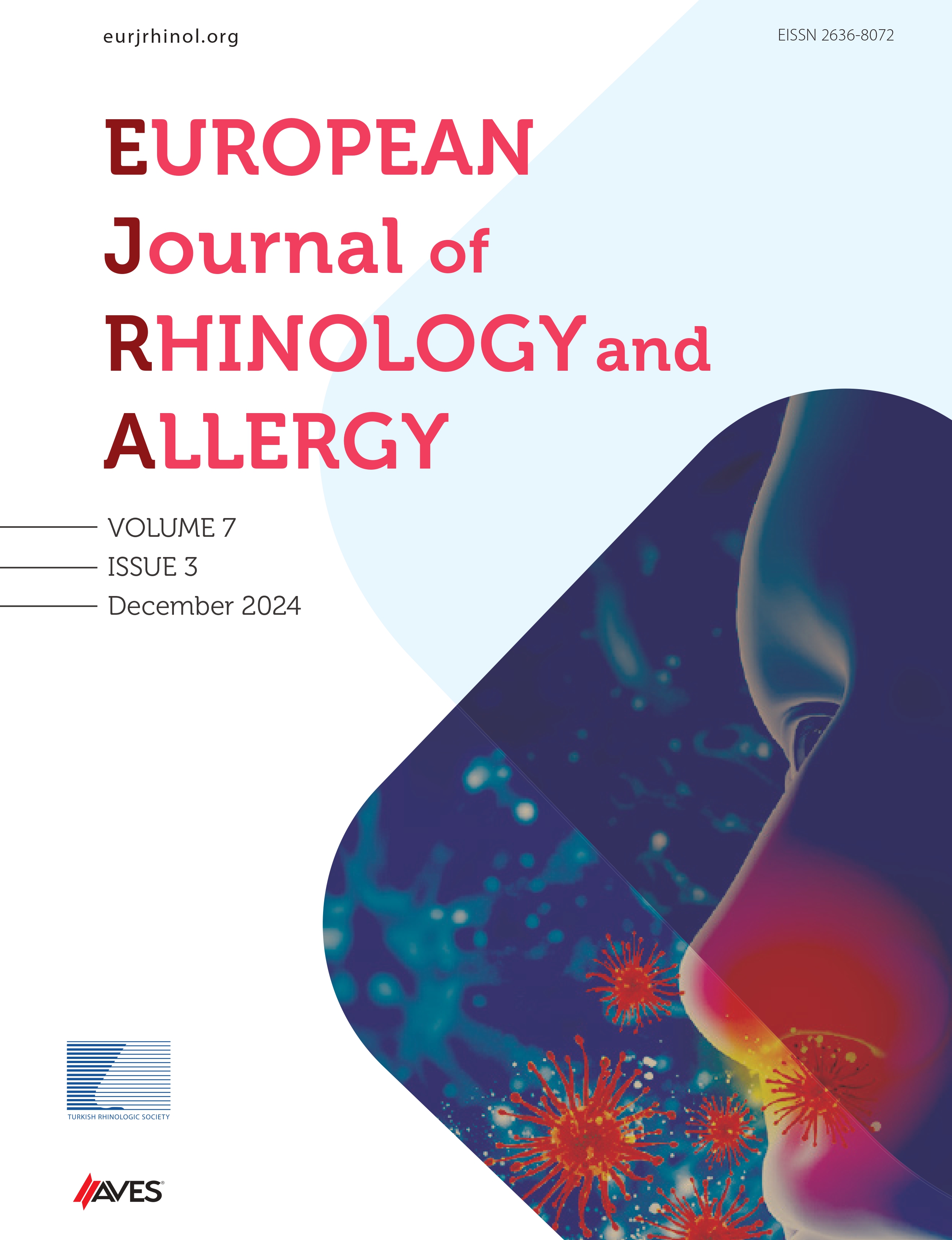Objective: Epistaxis is one of the common complications after septoplasty. The type of packs more effective in preventing bleeding after the surgery is still a matter of debate. The aim of this study is to compare the effects of airway Doyle Silicone pack, Merocel pack, and the combination of Merocel and silicone packs on pain, bleeding, and mucociliary clearance after septoplasty.
Material and Methods: This study is a prospective cohort study. A total of 75 patients who underwent septoplasty were divided into 3 groups: silicone pack was applied to the first group (termed group S), Merocel pack was applied to the second group (termed group M), and a combination of Merocel and silicone packs was applied to the third group (termed group M+S). The amount of bleeding, the intensity of pain, and mucociliary clearance duration were compared.
Results: The amount of bleeding in group M+Swas significantly lower than that in group S (p<.001). The amount of bleeding in group M+Swas significantly lower than that in group M (P=.003). Pain was significantly lower in group S than in groups M and M+S (p<.001 and p=.024).
Conclusion: It was determined that combined use of silicone and Merocel packs after septoplasty caused less bleeding than the useof silicone pack or Merocel pack alone. The combined use of Merocel and silicone packs can be a good alternative packing method because it reduces nasal bleeding after septoplasty.
Cite this article as: Ekinci A, Dağistan H. The Effects of the Combined Use of Merocel and Silicone Nasal Packs on Pain, Bleeding, and Mucociliary Activity After Septoplasty. Eur J Rhinol Allergy 2021; 4(1): 30-5.

.png)

.png)